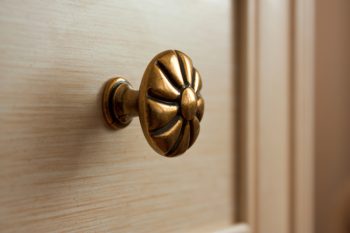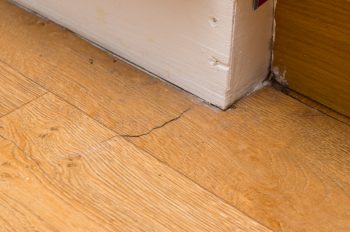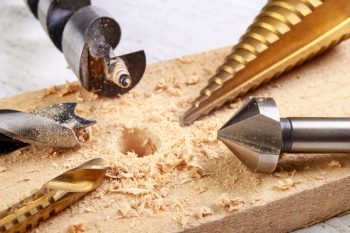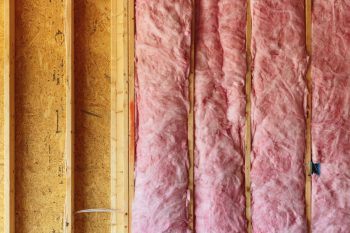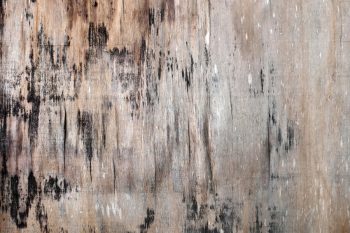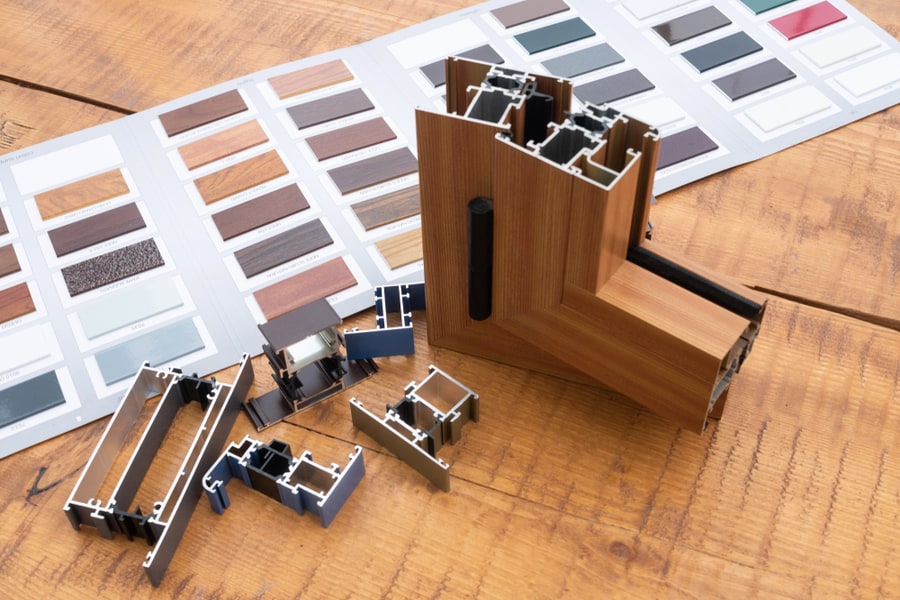
Wood and aluminum are two well-known construction materials. But unlike working with only wood or aluminum, attaching aluminum to wood can be tricky.
Note that using nails alone may not give the desired results. Also, using ordinary adhesives may not complete the project perfectly.
So, what glue can one use, and how do you glue aluminum to wood?
To glue aluminum to wood and for them to stick together, you must use the correct type of glue. Also, you must prepare the surface of the wood and aluminum so you get better adhesion.
Thankfully, there are several adhesives you can use to glue aluminum to wood based on the nature of the project you are working on.
Some of the adhesives you can use to glue aluminum to wood include:
- Epoxy Adhesive
- Acrylate Adhesive
- Polyurethane Glue
Take note that even with the right adhesive, there are steps you need to follow to glue aluminum to wood to ensure maximum durability and inconspicuousness.
In this article, we will be discussing the step-by-step guide to help DIYers glue aluminum to wood. Later in the article, we will elaborate on the different types of adhesive you can use to glue aluminum to wood, with their pros and cons.
Step-by-Step Guide To Glue Aluminum to Wood
The reason there are different adhesives you can use to glue aluminum to wood is that various projects require distinct preferences for structural flexing.
So, it is vital to know which adhesive is better for long-term adhesion and time limitations.
With that in mind, here are the steps to take when you want to glue aluminum to wood.
Step 1: Choose the Correct Type of Adhesive

The first step to gluing aluminum to wood is to select the correct type of adhesive.
The kind of project you are working on will determine the adhesive you use. As we enunciated, there are three main types of adhesive you can use to glue aluminum to wood.
Using epoxy adhesive provides a firm bond, but the problem is that it takes a very long time for it to cure and bond properly.
On the contrary, acrylate adhesive cures and bonds fastest, but it does not provide strong adhesion.
Using polyurethane is excellent for long-term bond where flexible bonds are required, but they are water-sensitive.
Step 2: Prepare Wood and Aluminum Surface
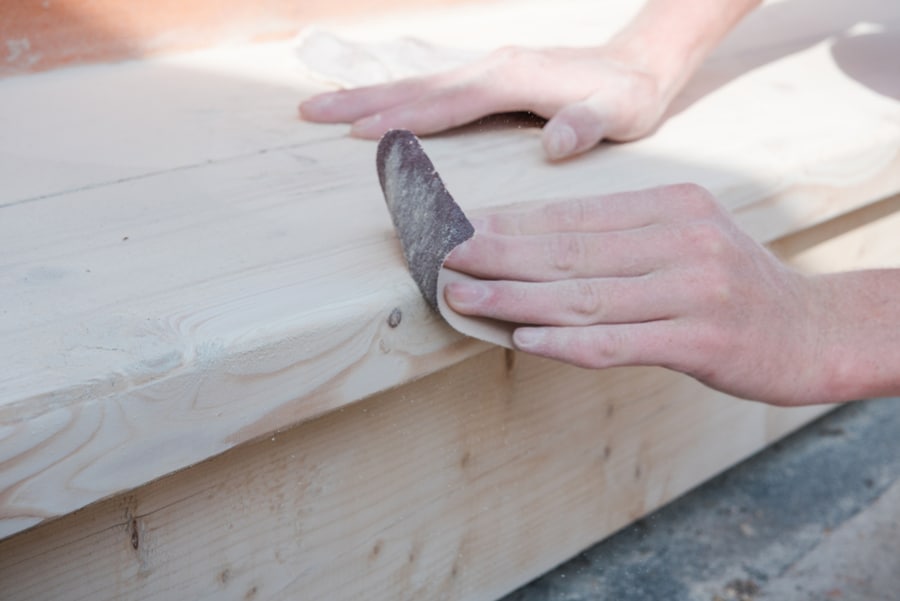
After selecting the correct type of adhesive for the project you are working on, the next thing is to prepare the surfaces to ensure durable adhesion.
Many kinds of wood are highly porous due to their grain.
As such, it will soak up liquid-like adhesives. Similarly, aluminum is too smooth and may not bond well.
To ensure proper adhesion, you need to sand the surface of the wood and aluminum lightly.
For the wood, use 250 to 500-grit sandpaper to create a surface that will readily bond with the correct adhesive.
Note: You should use a gel-based adhesive for lighter and lower-density wood. For the aluminum, use 500-grit sandpaper to get better adhesion on the gluing surface.
Step 3: Apply the Adhesive
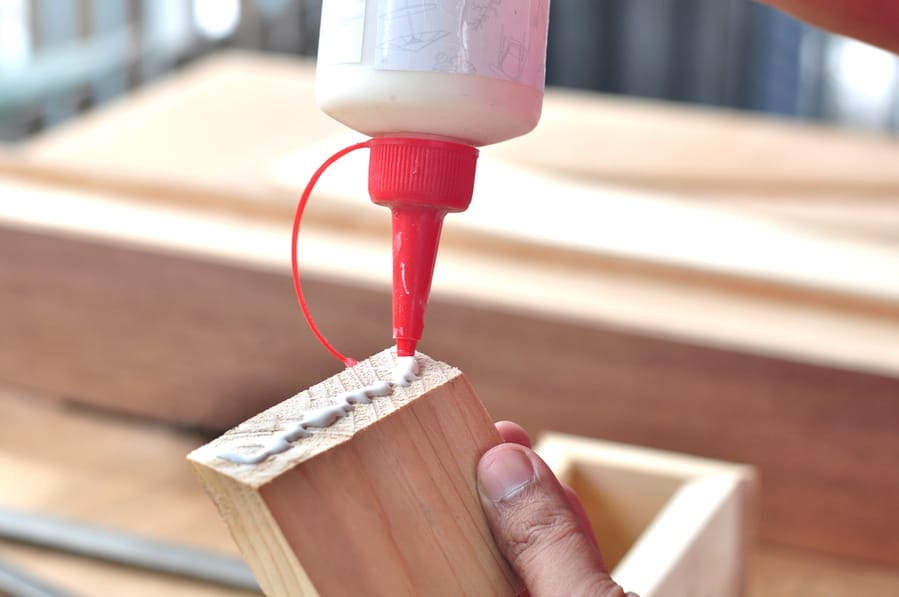
After choosing the right adhesive and preparing the surfaces of the wood and aluminum, you can then proceed to apply the glue.
If you use acrylate adhesive, it is best to apply it on the surface using a small bottle.
Also, it is easier to manage acrylate adhesive in gel-based form since the liquid version may flow or soak into the wood surface easily.
On the other hand, Epoxy and Polyurethane adhesive are best applied using a plastic scraper or a pop stick. Whichever type of adhesive you use, apply it to both the wood and aluminum surface.
To get the best results, only a thin layer of adhesive is required when gluing wood and aluminum.
Step 4: Allow the Adhesive To Cure

When you glue aluminum to wood, it needs time to cure.
The exception is when you use acrylate adhesive, which cures almost instantly. But epoxy and polyurethane adhesive take a longer period to cure.
However, you can hasten the curing process of adhesives using moisture, heat, UV, or microwave, depending on the nature of the project.
Polyurethane adhesive will cure faster when moisture is introduced, but it is not always good for wood surfaces.
Epoxy adhesive will cure faster when heat is introduced. But, as a rule of thumb, you may need to allow the adhesives to sit for at least 24 hours to completely cure.
What Are the Best Adhesive To Glue Aluminum to Wood?
While there may be different adhesives you can use to glue aluminum to wood, some work better than others.
Below are the three top choices of glue you can use to adhere aluminum to wood.
Epoxy Adhesive

Any kind of 2-part epoxy adhesive is perfect for gluing aluminum to wood. There are several brands of epoxy adhesive you can get with different setting times.
However, the longer the set time of the epoxy adhesive, the better the adhesion in the long run. When using epoxy adhesive, little preparation is needed.
Acrylate Adhesive
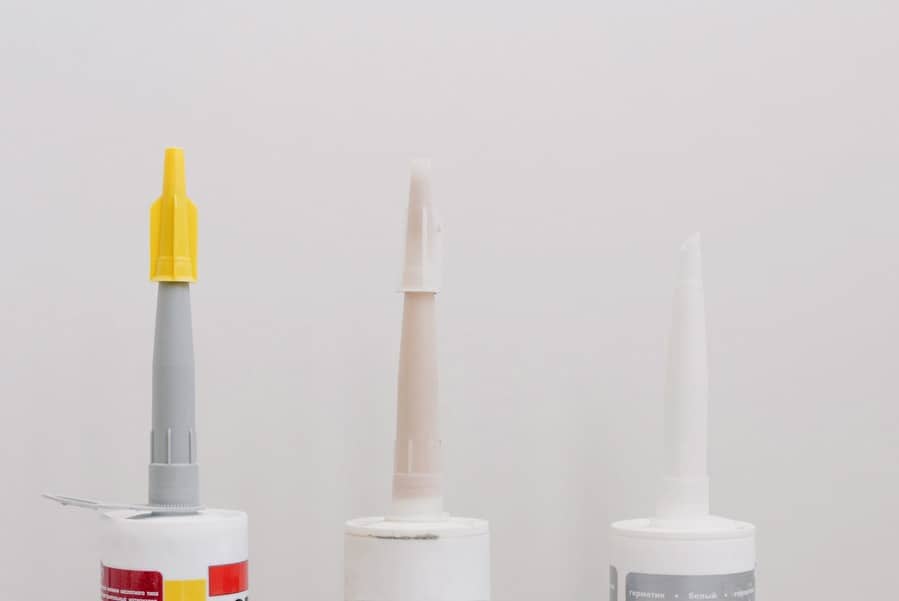
Acrylate adhesive is one of the fastest ways to glue aluminum to wood, as this adhesion is nearly instant in a very short time.
Acrylate adhesive is best when gluing more minor pieces of aluminum and wood. Gluing larger pieces of wood and aluminum with acrylate adhesive can be trickier.
Polyurethane Glue

One unique feature of polyurethane glue is that it provides a flexible bond. It is an excellent bond to use for long-term products.
It is suitable for bonding small and large pieces of aluminum and wood.
Conclusion
Overall, it is not too challenging to glue aluminum to wood. As long as the surfaces are leveled, providing a good contact area, these two materials should bond easily.
At the same time, you should be careful about choosing the correct type of glue for the project. Ensure you wear gloves if you don’t want the uncomfortable feeling of bond on your skin.
Frequently Asked Questions
Is Epoxy Stronger Than Acrylate Adhesive?
Epoxy and acrylate adhesives are both excellent choices and strong. Epoxy has been shown to create a better bond that is more durable than acrylate.
So epoxy adhesive is best if you can wait for it to cure properly.
Why Do I Have To Sand and Remove Grease Before Applying Adhesive?
You must sand and remove grease from the surface of the aluminum and wood before applying grease to ensure a proper bond.
This is because the grease creates a layer between the aluminum and wood, preventing the adhesive from bonding properly.

